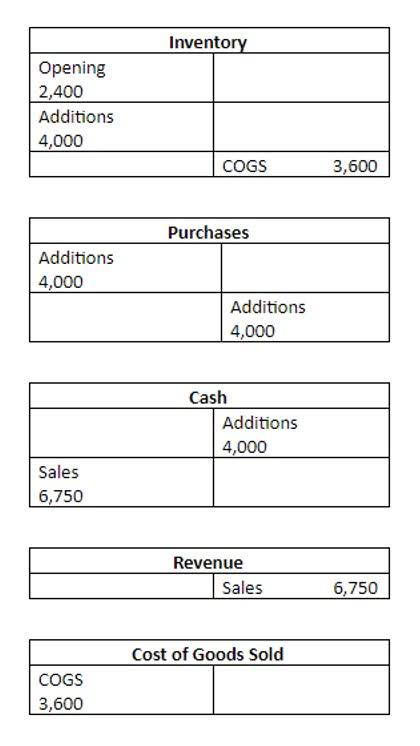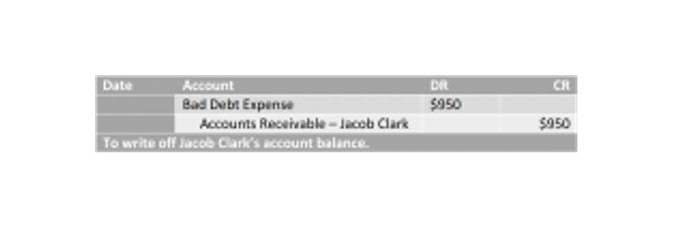
A contra revenue account is the accounting world’s way of keeping revenue reporting honest and transparent. Unlike standard revenue accounts that typically have a credit balance, contra revenue accounts have a debit balance. They act as a counterbalance to revenue accounts, providing a more accurate picture of a company’s actual contra revenue meaning earnings.

The Role of a Credit Memo

For example, a company might have a contra asset account for depreciation expense and a separate asset account for equipment cost. Common examples include sales returns and allowances, sales discounts, and bad debt expense. A contra asset account is a type of account in accounting that has a natural credit balance and is used to decrease the balance of a related asset account.
Leverage Accounting Software
- These accounts capture adjustments to revenue caused by customer returns, discounts, and allowances.
- An accumulated depreciation account tracks the depreciation of tangible assets over their useful lives.
- This information assists auditors, and financial analysts in evaluating a company’s financial performance and risk exposure.
- These accounts can tighten the gross margin ratio by reducing total revenues while costs remain unchanged.
- If the customer returns the dress, the retailer records a $100 sales return, offsetting the initial $100 in gross revenue.
- They reflect reductions from initial recorded revenue, leading to a more accurate representation of earned income.
As your business acquires new assets (e.g., machinery, office equipment, vehicles), you record the initial purchase value in your Fixed Asset account. But these items don’t retain that Bookkeeping for Etsy Sellers initial value; if liquidated, they would likely be sold at a loss. In order to record this ongoing value drop, you would use a corresponding contra account — an Asset Depreciation account. To compensate for those potential deadbeat customers, you can use a Bad Debts account to serve as a contra for your A/R.

Industry-Specific Examples
This adjustment reduces net accounts receivable on the balance sheet and increases expenses https://www.guoyanbin.com/virtual-bookkeeping-services-miami/ on the income statement, providing a comprehensive view of the company’s financial health. To illustrate the use of contra accounts, consider a business accounting for bad debt expenses when customers fail to fulfill payment obligations. The Allowance for Doubtful Accounts, a contra asset account, estimates uncollectible receivables. Under accounting standards like those outlined by the Financial Accounting Standards Board (FASB), businesses estimate and record these allowances to report accounts receivable at their net realizable value.

- Businesses estimate a portion of outstanding receivables may not be collected, and this uncollectible amount is recorded here.
- When a product is sold with a rebate offer, the company estimates the number of rebates that will be claimed based on historical data and current market trends.
- Instead, an adjusting journal entry is done to record the estimated amount of bad debt.
- For instance, a consistently high sales return can indicate a problem with either the product or the company’s sales policies.
- They are essential for adjusting revenue or expenses without altering the original account.
- Of that amount, it is estimated that 1% of that amount will become bad debt at some point in the future.
- This presentation highlights the true earnings potential by adjusting for factors impacting actual sales.
The balance of a contra revenue account is typically a debit balance, which reduces the revenue reported on the income statement. Contra revenue accounts provide a more accurate picture of a company’s earnings. Sales returns and allowances adjust gross sales to reflect net sales, which is essential for businesses with significant returns or discounts. For example, if a company reports $500,000 in gross sales but has $50,000 in returns and allowances, the net sales amount to $450,000. Accurate revenue reporting ensures compliance with accounting standards like GAAP and IFRS, offering a realistic view of the company’s revenue-generating capabilities. This level of precision is vital for investors and analysts assessing market performance and customer satisfaction.

